WillhiteWeb.com - Hiking & Climbing
Cairns
I recently got an email with the following questions: How do cairns work? The question came to my mind as I was climbing today. And I've been on hikes with cairns before, but usually don't pay much attention to what they're trying to say, other than, "trail this way", but I have always thought I could route find my way to the next one if I get lost. So today, the reason I came up with the question, is because there was a big cairn on the right, then a couple hundreds yards later, the next cairn was on the left side of the trail, at a point where I could've gone either left around the ridge or right. I chose a right turn, and didn't see another cairn the rest of the way. I had to route find a ton, but I found my way pretty easily. But I don't think it was the way the cairn had intended I go. So do they alternate? How do they signify a turn if the trail isn't visible, like on sandstone or in heavy sagebrush etc.
Well this was an interesting way of looking at cairns. Again, people seem to interpret them so differently. My response emphasized that I thought he missed the point that cairns are a are a free-for-all.
Anyone can place a cairn. I've been up mountains with dozens of cairn trails, each cairn trail was made every time someone was climbing in bad weather and wanted to be able to follow their route back. Many cairn trails go up awful ways because that person placing them thought it was the route but when they realized they were off route...well, nobody goes back to kick them over.
Typically, a person placing cairns is inexperienced with the area or even knowing where they are on the map so that should be a red flag as well. If I place a cairn, it is because I am unsure I will notice a spot on return or it is the location I intersected a known location. The cairn is nearly worthless to anyone but me. More often than not, cairns are placed on the way up, not on the way down.
Personally, I like finding cairn trails. They are a help in deciding which route is best. Often they direct me on a route I didn't notice or think of. But, at the same time I always second guess who and why they were placing them. I've followed many to dead ends or much harder routes than needed. Other times they have saved me time and route finding efforts.
I've met and read stories about some climbers so disgusted with cairns they kick over all of them...even well meaning ones placed on climbing trails for use in bad weather or fresh snowfall. I guess they find it an intrusion on the route, yet they are happy to use climbers trails and probably use a GPS.
I guess the bottom line is never trust a cairn but try to read into what it MIGHT be showing you.
Route Cairns
How can something be so simple be so controversial? In case you did not know, a cairn is a stack of rocks, sometimes in a pile, other times stacked delicately one on top of the other. They have several purposes but the interpretation of these purposes has caused confusion and debate in the outdoor community for years. I place cairns in three categories. Route, Summit, Decorative.
Summit Cairns
Decorative Cairns
A summit cairn is usually in place to mark the highest point on the mountain. Originally they were probably placed to let future climbing parties know that someone had been to the top. Often they are created on the summit to bury a summit register. A few summits hold massive cairns, usually because someone got bored or wanted to get creative.
These can be found anywhere, including summits; usually cairns made to make a statement. Again, maybe they were just bored, waiting for the rest of their party, or maybe it was the highpoint of a trip. I have seen places along well traveled trails with thousands of cairns placed. Tradition was that each passerby should build their own cairn. The Samaria Gorge on the island of Crete was one of these locations, far from a mountain ridge or summit. A few decorative cairns have a purpose like holding a flag, holding up a register at eye level, or placed to be seen from far distances.
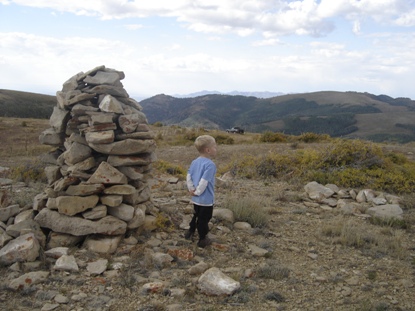
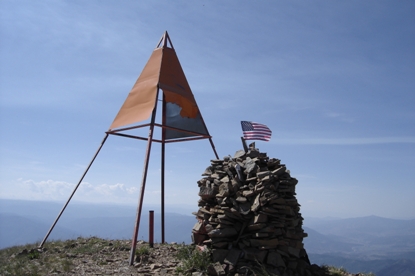
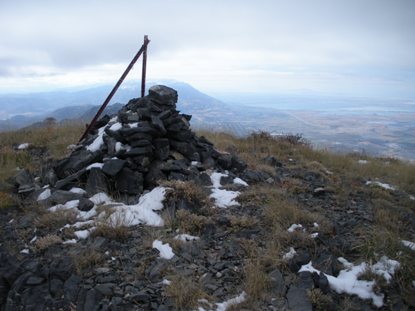
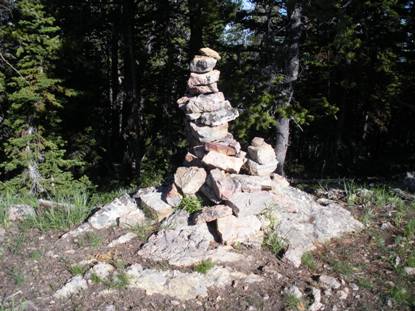
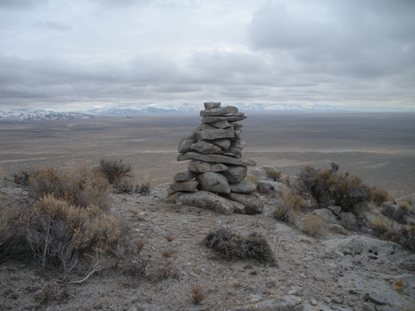
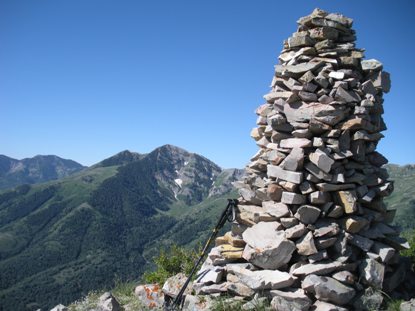
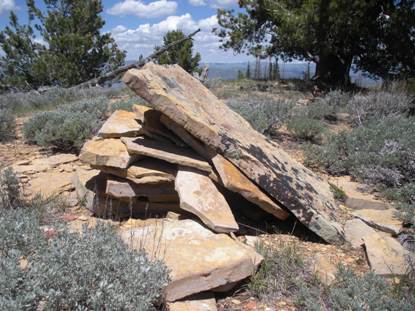
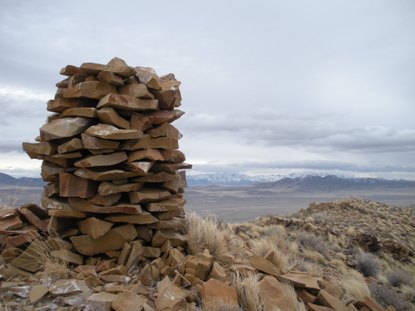
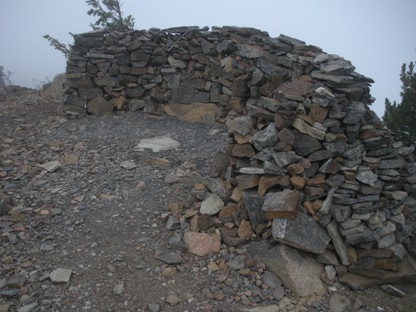
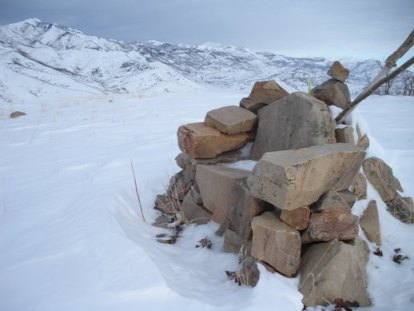
Jacks Peak - Pahvant Mountain Range
Spanish Fork Peak - Wasatch Mountain Range
Mitton Peak - Wellsville Mountains
Bridger Peak - Bear River Mountains
Jolly Mountain Summit Wall - Cascade Mountains
"Chair Hill" Wasatch Mountains
"Lounger Top"
On West Ridge of Kelsey Peak - Oquirrh Mountains (10 FEET TALL!)
On ridge south of Desert Mountain in Sevier Desert, Utah
Grassy Mountains









